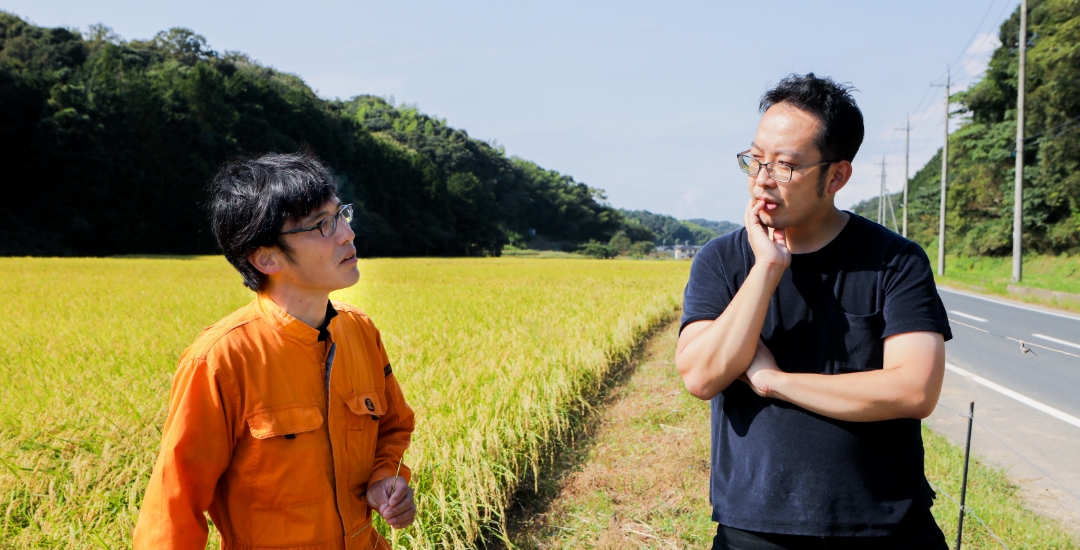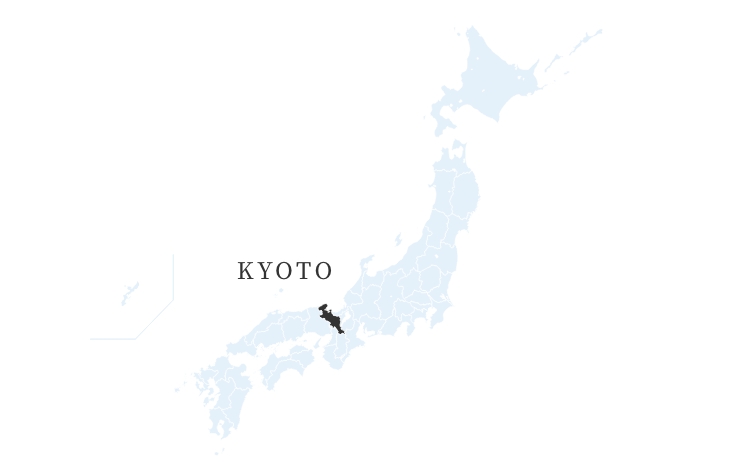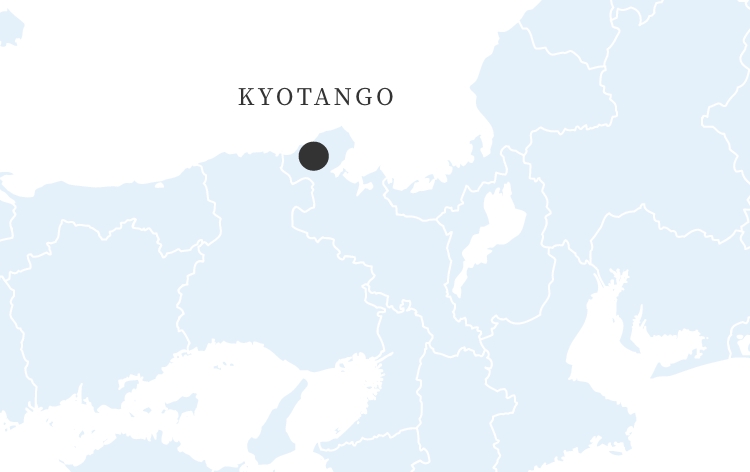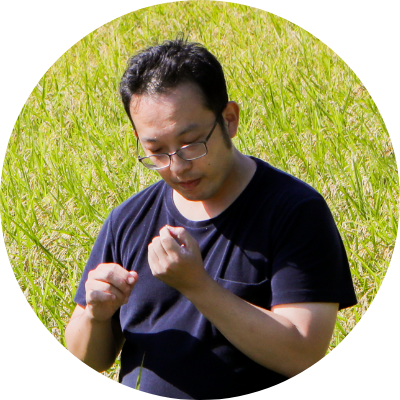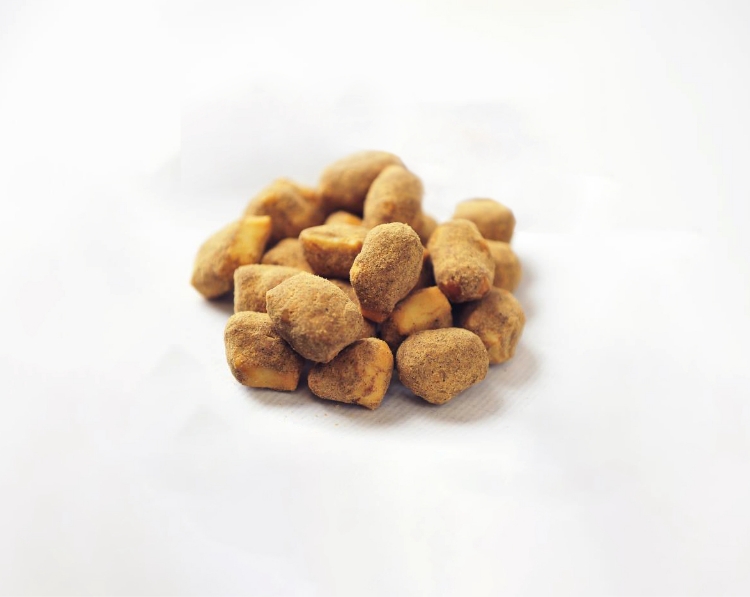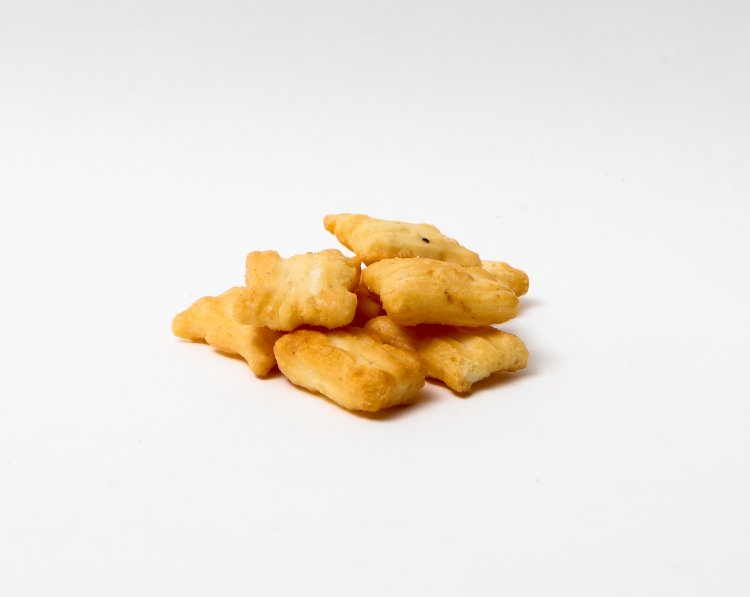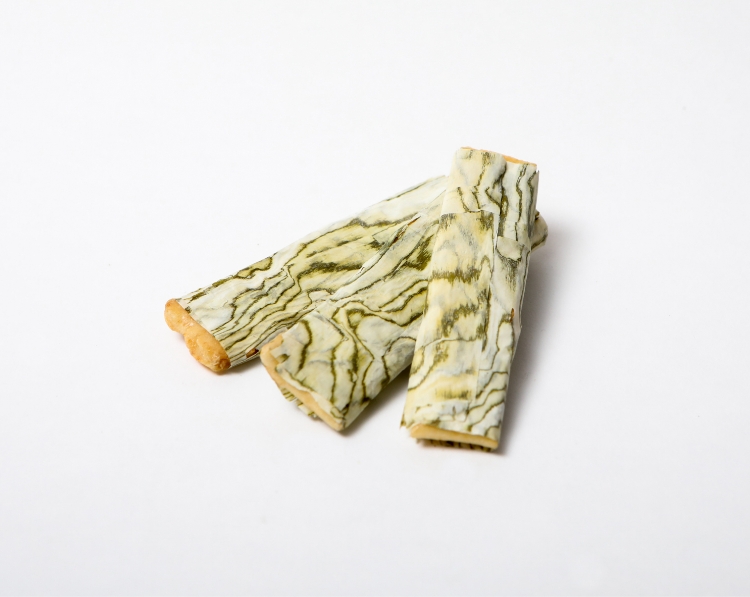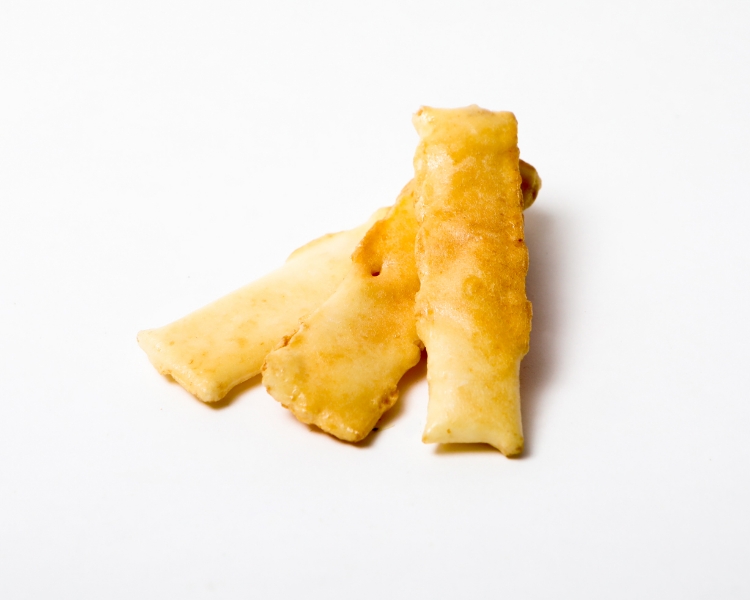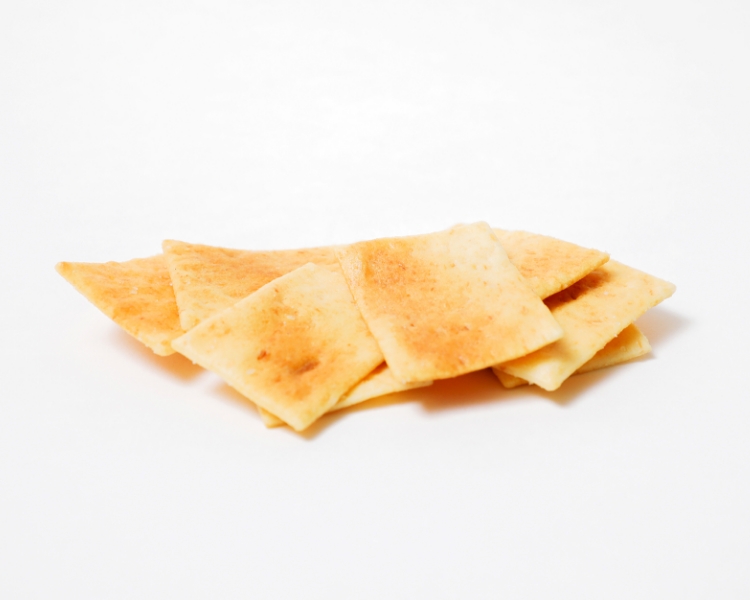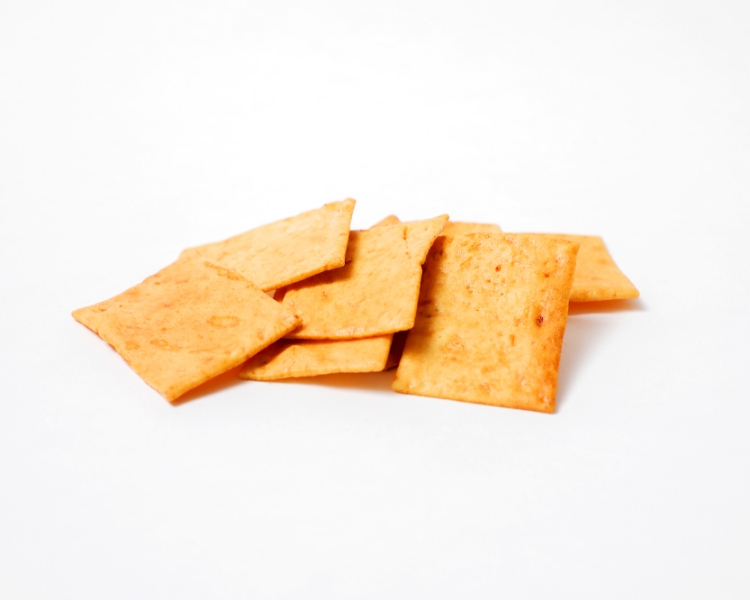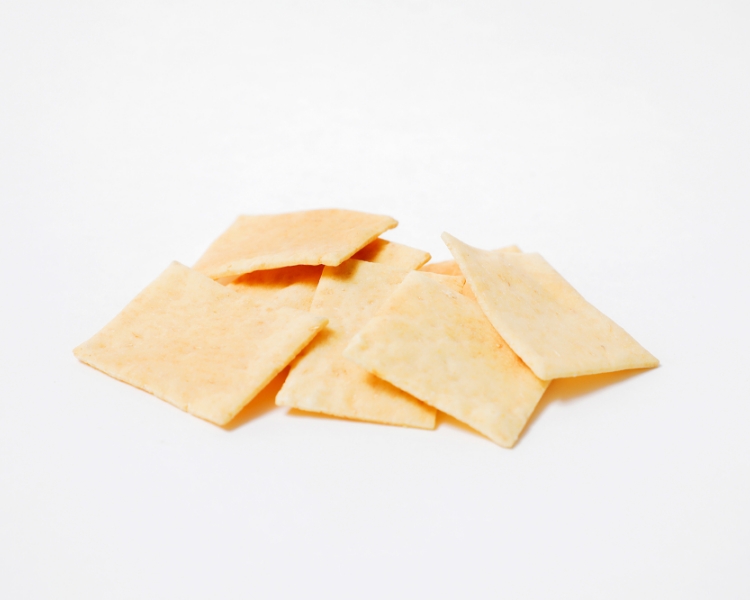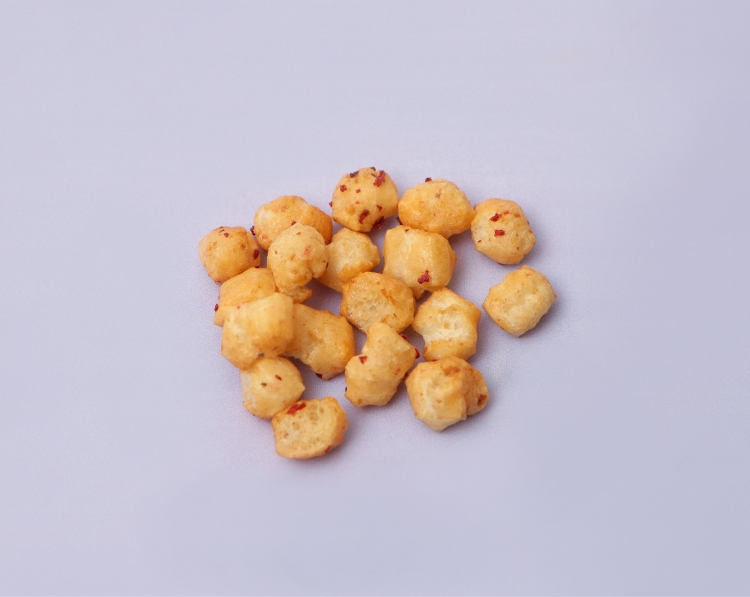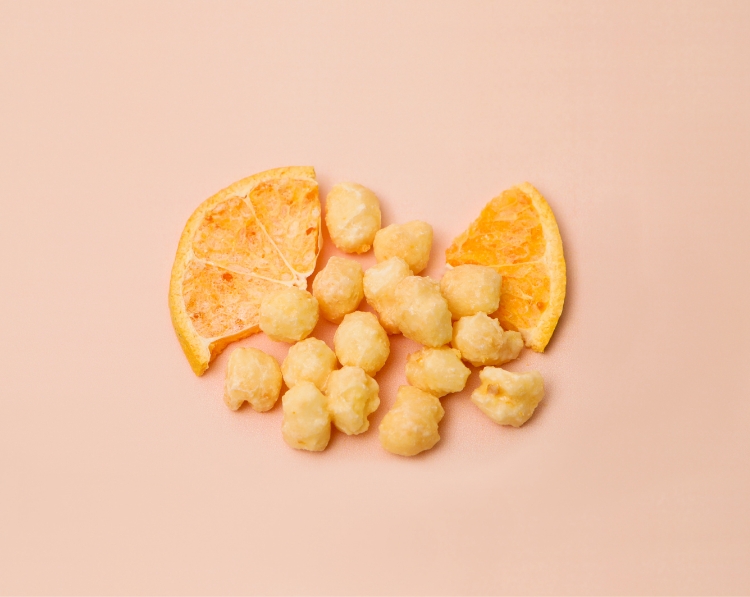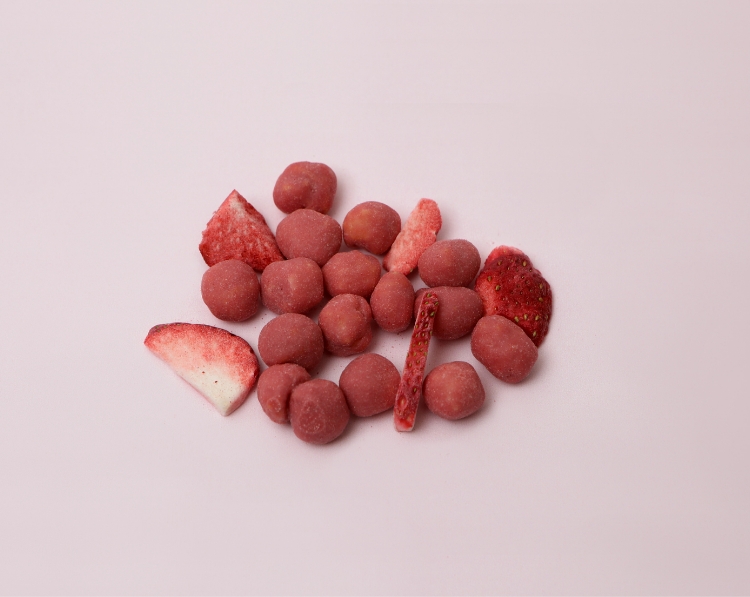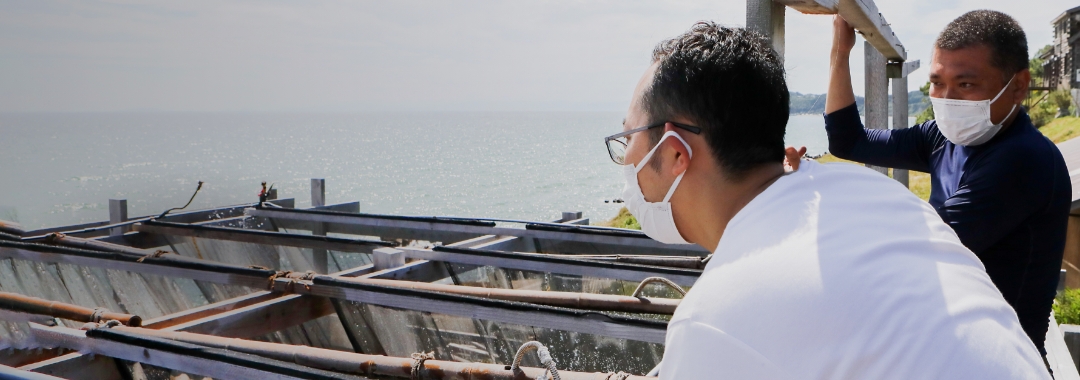Meet ‘Shin-Habutae’ Rice: Grown in the land where natural blessing from the sea, forests and skies align.
We visited Mr. Shiroshita’s rice fields at the beginning of October, close to the harvest season. We were greeted by waves of shimmering golden rice, contrasting beautifully with the mountain woodlands, where distant villages nestled. Sunny weather, like on that day, is the best blessing to encourage the last spurts of growth before harvest. Mr. Shiroshita said:
「It’s been a week already since the water was drained. Usually at the end of September, we drain the water from the fields and see how it goes, and depending on the year, we may have to fill the fields again, but this year is going well. Now, just need one more push. We want to wait until the last minute to harvest the grains until they are ripe. I think about whether the roots in the soil, which I can’t see, still have vitality….It’s always tricky to know when it’s time to harvest. 」
Listening to Mr. Shiroshita’s story, we are reminded of the very obvious fact that ‘rice is a living thing’. The secret of the delicious rice grown here in Kyotango is a combination of the blessings of the sea, forest and skies.The soils are enriched by minerals brought by the sea. And the paddy fields are continually replenished by abundant fresh mountain-water as it flows through the surrounding forests. The region is also characterized by a climate with high snow and rainfall, and the land and sea breezes created by ‘uranishi’: the difference between day and night temperatures along the coast. The unique climate here makes this region ideal for growing rice.
The Shiroshita family has a total of over 40ha of paddy fields, mainly in the town of Amino, Kyotango City. Among them, planted in the best areas is the ‘Shin-Habutae’ mochi-gome rice used by Narumi-ya.
「This is a place where three important factors for rice growing come together: sunlight, cascading breezes and water quality. Narumi-ya places great importance on face to face meetings, so we do our best to respond to their wishes. Mochi-gome rice takes longer to mature than other rice grown in the area so it is one of the last types of rice to be harvested. This makes it an easy target for hungry wild boars so it is important to grow it in a place where it is less likely to be damaged by animals.」
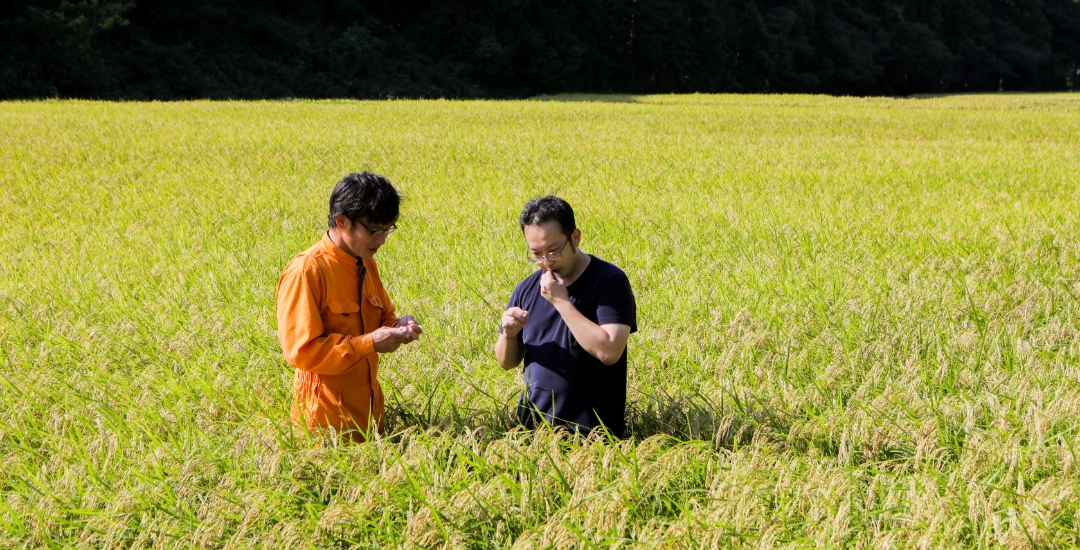
Diligent Farming Based on Data Collection to Support the Spirit of Rice.
Mr. Shiroshita strives to cultivate his rice using as little pesticides as possible. To encourage full flavor development his family toughens up seedlings from a young age by growing outdoors.
「If the seedlings grow gently in polytunnels, there is a big gap with the harsh environment they face once planted in the paddies. That’s why we don’t leave the seedlings in polytunnels from the seedling stage, and we even expose them to frost on purpose. We deliberately select water low in nutrients instead of say, nutrient-rich well-water for the seedling beds… We teach them that they have no choice but to go and get nutrients themselves. That makes the seedlings work harder, they have to grow stronger roots, which makes all the difference」
In addition to the wisdom passed down from generation to generation, Mr. Shiroshita is also always on the lookout for new ideas and boldly takes on the challenge of new cultivation methods. It is also typical of Mr. Shiroshita to place importance on objective data rather than relying solely on experience and intuition. He records temperatures and water levels, as well as data on the branching of the rice plants, the spacing between plantings, and the greenness of the leaves. He aims to establish a solid foundation for his rice production.
「We have a much better grasp of how tall the rice should be, what the grain size should be, and when. And what leaf color would be ideal at what timing. If we just let nature take its course without recording data we would not be able to produce consistently good quality rice for market. Even if you grow rice in neighboring fields the same way, there can be slight variations in growth. We look at the data and think about what we should do and when. When you look at the data in this way, you realize that many aspects of the old ways make sense.」
The harvested rice is carefully sorted, dried and slowly matured at low temperatures. No stone is left unturned throughout the process to deliver the best tasting grains.
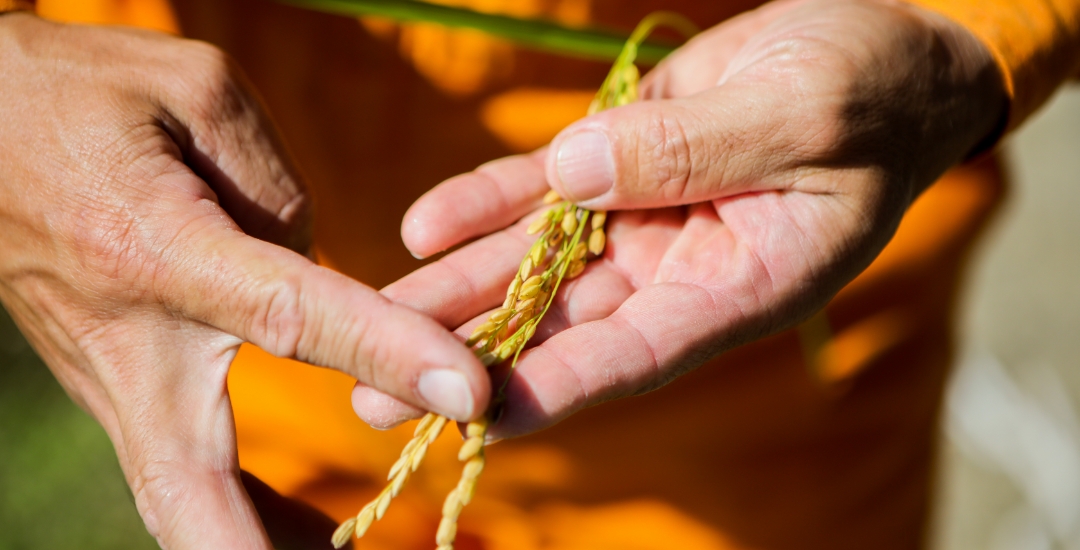
Rediscovering the Deliciousness of My Parent’s Rice Became My Motivation.
It has been a little over 20 years since Mr. Shiroshita returned to the family business after graduating from university. His brother joined the family business about 10 years ago, and now his father, brother, and younger brother all grow rice together.
「I left home once to go to university, but my father never once told me to take over the family business or come back one day. He agreed with my decision to leave my parents’ house and said that I should think about things for myself. Living on my own I would cook the rice my parents sent me from home and found that it was so delicious. I thought, ‘this rice was so good, I should go into the family business.」
In the world of agriculture, Mr. Shiroshita’s research-oriented nature blossomed. He says that he and his father often clashed as craftspeople, but he learned whatever he could and made his own path. Recently, he has felt more and more confident about his cultivation techniques.
「 I feel that I am improving every year to produce good rice, which is very enjoyable. I have good relationships with good buyers, and I feel that all my hard work has been worth it. In addition, recently there has been an increase in the number of abandoned paddy fields in this area, and I want to do something to help the local environment.」
‘Shin-Habutae’ reflects the sincerity of Mr. Shiroshita’s character. Our trip to Kyotango strengthened our determination to make the most of this precious rice entrusted to us, by turning it into delicious arare.
